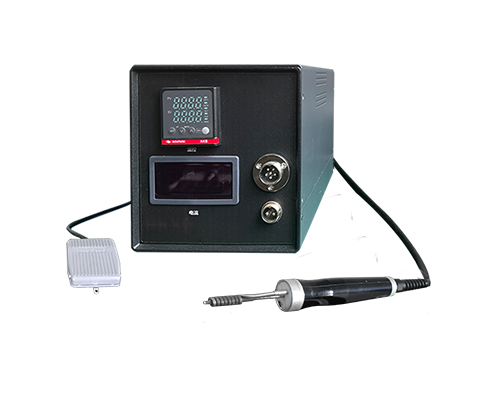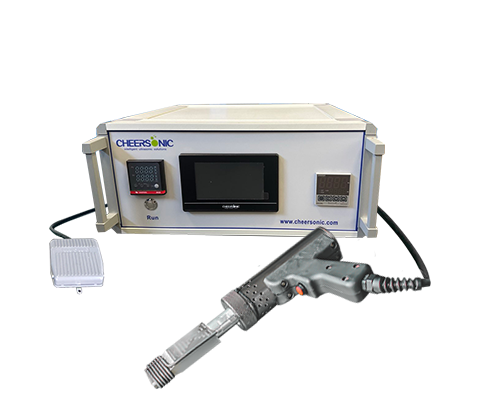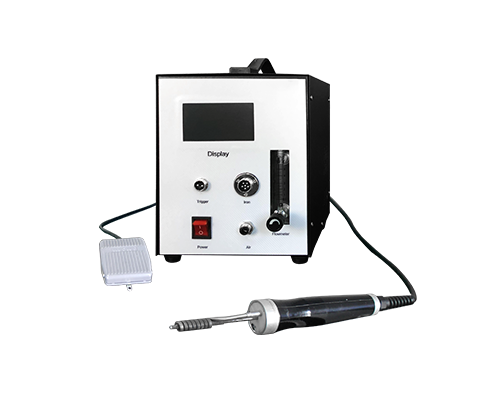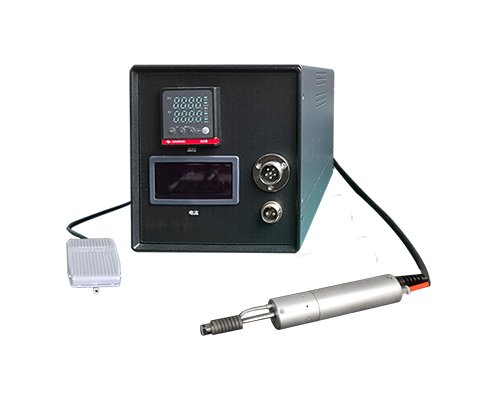Influence of superconducting materials on ultrasonic soldering iron
- Impact: Impact on the circuit: The resistance of the superconducting material is zero at a certain temperature, if applied to the circuit of the ultrasonic soldering iron, it will greatly change the current and voltage characteristics of the circuit. Traditional soldering iron has a certain resistance, the current through the energy loss and voltage drop, and the zero resistance characteristics of superconducting materials can make the current flow in the circuit without obstruction, reduce energy loss, and can maintain the stability of the voltage, which is of great significance for the stable work of ultrasonic soldering iron.
- The effect on the magnetic field: superconducting materials have the Meissner effect, that is, when they are in the superconducting state, they will be completely diamagnetized, and the internal magnetic induction line can be discharged, so that the internal magnetic induction intensity is zero. In the ultrasonic soldering iron, this characteristic of the superconducting material may affect the magnetic field distribution near the soldering iron head, which in turn affects the propagation and effect of the ultrasonic wave. For example, it may make the focusing effect of the ultrasonic wave better, or change the propagation path and energy distribution of the ultrasonic wave at the welding site, which has an impact on the welding process.
- Advantages: Efficient welding: The zero resistance characteristics of superconducting materials ensure efficient conversion of electrical energy into heat and ultrasonic energy. In the welding process, the soldering iron head can be heated rapidly, and the heat distribution is more uniform, thus improving the efficiency and quality of welding. Compared with the traditional soldering iron, the ultrasonic soldering iron using
 superconducting materials can complete the welding work in a shorter time, especially for some materials with higher requirements for temperature and welding time, which has obvious advantages.
superconducting materials can complete the welding work in a shorter time, especially for some materials with higher requirements for temperature and welding time, which has obvious advantages. - Precise temperature control: Due to the stabilizing effect of superconducting materials on current and voltage, the temperature control of ultrasonic soldering iron is more accurate. In the welding process, accurate temperature control is essential to ensure welding quality, to avoid welding defects caused by too high or too low temperature. For example, when welding electronic components, precise temperature control can prevent the component from being damaged by overheating, while ensuring the solders' robustness and reliability.
- Enhanced durability: Superconducting materials usually have high mechanical strength and corrosion resistance, which makes the service life of ultrasonic soldering iron longer. In the course of long-term use, it can withstand frequent heating and cooling cycles, and is not easy to damage or aging. In addition, the diamagnetism of the superconducting material can also reduce the influence of the external magnetic field on the soldering iron, further improving its stability and durability.
- Help: Expand the scope of application: With the characteristics of superconducting materials, ultrasonic soldering iron can be applied to the welding of more special materials. For example, for some difficult to weld metal materials, ceramic materials or superconducting materials themselves, superconducting ultrasonic soldering iron can provide better welding results. This provides a new solution for the welding of special materials in the fields of electronics, aerospace, medical and other fields, and helps to promote the development of technology in these fields.
- Energy saving and environmental protection: The zero resistance characteristics of superconducting materials make the loss of electric energy extremely low, and can significantly reduce energy consumption during use, in line with the requirements of energy saving and environmental protection. This advantage is especially important for large-scale production and use scenarios, which can reduce production costs and reduce environmental impact.





